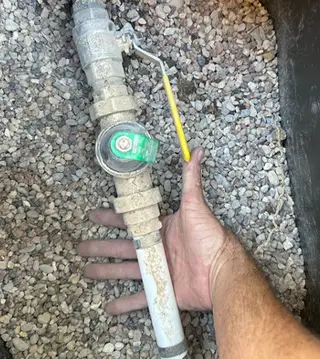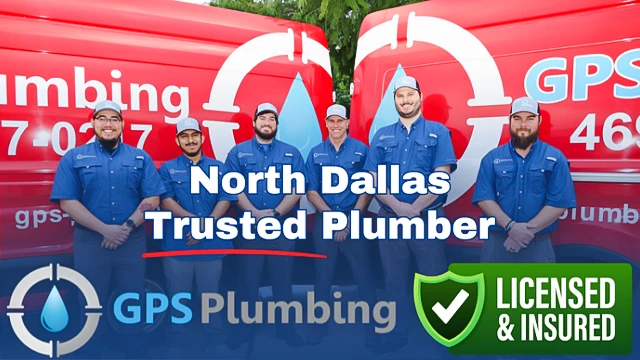Pressure Reducing Valve (PRV) Services

High water pressure might feel great in the shower, but it’s not good for your home’s plumbing. If your pressure is consistently above 80 PSI, it can damage fixtures, shorten the lifespan of your water heater, and even increase your risk of leaks and slab issues. That’s where a properly functioning Pressure Reducing Valve (PRV) comes in.
At GPS Plumbing, we help homeowners in Frisco and across North Dallas test, replace, and install PRVs to regulate water pressure safely—protecting your pipes, appliances, and peace of mind. Many cities in North Dallas are increasing water pressure to meet population growth—making a PRV more important than ever.
What Does a PRV Do?
A Pressure Reducing Valve is a mechanical valve typically located where your water line enters the home. It controls the incoming pressure from the city’s supply and ensures it stays within a safe range—usually between 50–75 PSI. If your pressure reads over 80 PSI, you may be at risk.
Signs You May Need PRV Repair or Replacement
- Faucets and toilets that make a banging or hammering noise
- Sudden pipe leaks or burst hoses
- High water pressure readings on your hose bib or meter
- Constant dripping at fixtures
- Fluctuating water temperature
- Premature failure of water heaters or appliances
We can help diagnose whether it’s your PRV causing these issues or something else—like thermal expansion or a faulty valve elsewhere in the system.
PRV Installation, Repairs & Upgrades
If your PRV is old, corroded, or stuck, it may need to be replaced. We install new valves that meet today’s code requirements and flow demands. We’ll also make sure the pressure is balanced throughout your home—and recommend a thermal expansion tank if your water heater system requires it.
Tip: If you’re replacing your water heater, it’s the perfect time to have your PRV checked.
Common PRV Failures Include:
- Worn-out diaphragm or spring causing pressure imbalance
- Internal corrosion or debris buildup
- Leaking seals, especially in older or buried valves
- Sticking valve that won’t adjust under load
How We Replace a PRV the Right Way:
- Carefully excavate and expose the existing valve (if in the flower bed)
- Replace with a new code-compliant PRV and ball valve
- Add pea gravel to prevent future valve box flooding
- Leave the site clean and restore landscaping
We install PRVs to meet today’s plumbing code—and make sure they’re accessible for future maintenance. Many cities in North Dallas are increasing water pressure to meet population growth—making a PRV more important than ever.


